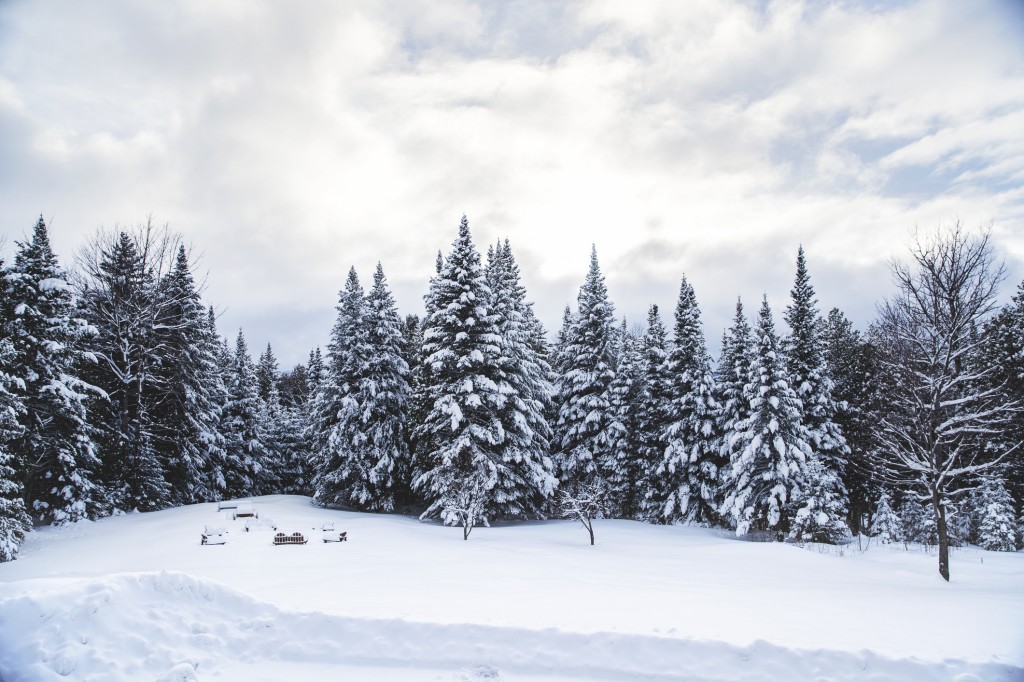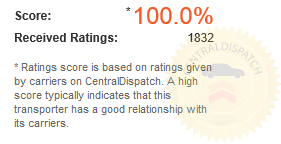What winter weather typically does to a car’s fuel economy
Why winter weather hurts your gas mileage
How you can prevent winter weather from hurting your fuel economy in Alaska
Final word

What winter weather typically does to a car’s fuel economy
Tests have shown that winter weather can significantly reduce a car’s gas mileage. On average, for every eight miles you get in warm weather you will only get seven miles in cold weather. However, this does depend on the type of car. Hybrids, for example, lose an entire third of their fuel economy in winter weather.
Why winter weather hurts your gas mileage
There are multiple reasons that winter weather affects your gas mileage this way. One such reason is that it will take your car a considerably longer time to get to its ideal operating temperature which causes the engine to work harder to get to that temperature thus using more gas.
Things like window defrosting and heater fans will burn more gas because the amount of energy and heat they require to work properly. The pressure in your tires slowly but surely decreases in cold weather, this increases the resistance of the tires and subsequently causes the engine to work harder.
Also, when you do things like use four-wheel-drive or idle your car to “warm it up” you decrease the amount of fuel economy that your car has.
How you can prevent winter weather from hurting your fuel economy in Alaska
There are actually several steps you can take in order to minimize the effect that winter weather has on your gas mileage:
- Minimize use of seat-warmers and defrosters – The more energy-expending features that you use for longer periods, the more fuel you will end up burning through. So, try to use things like the seat-warmers and defrosters as little as possible.
- Get an oil change – You should be using different oil for warm weather driving and for cold weather driving. Check the manual that came with your car for a recommendation. Alternatively, you can always ask your mechanic what the best choice of oil is for driving in the winter in Alaska.
- Keep an eye on the pressure of the tires – We mentioned earlier that the tire pressure of your vehicle can easily decrease over-time in cold weather. So, be sure you check your tire pressure at least once a week and if the pressure has dipped, fill them back up.
- Keep your car in a garage if possible – If you have the option of keeping your car from getting to cold in the first place, then use it.
- Watch for wind – Wind resistance can cause your car to have to work much harder. So, try to avoid driving when it is particularly windy out. Also, you can minimize wind resistance by removing anything from your car that would affect the way wind passes over it, such as a roof rack.


